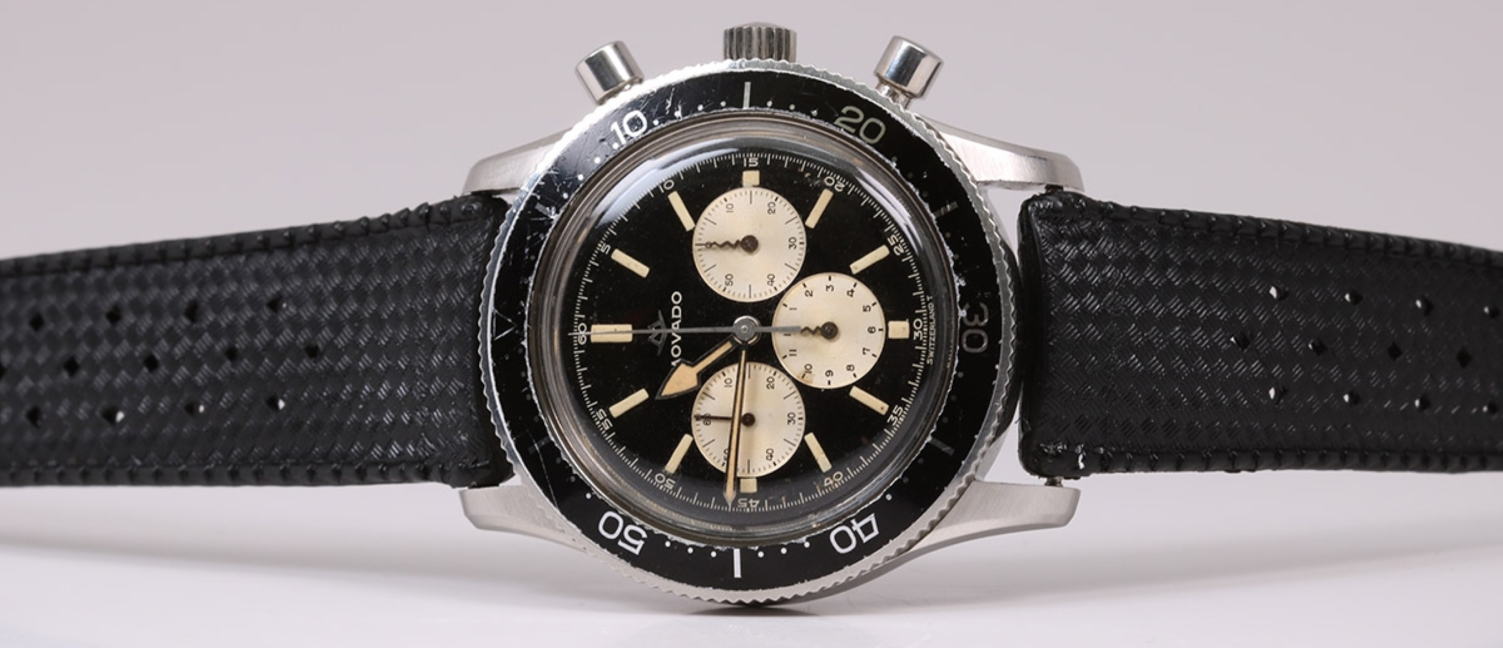Posted by Watch Warehouse on Jan 4, 2024
Is Movado a True Contender in the Realm of Luxury Watches?
In the world of timepieces, Movado has carved out a distinct reputation, celebrated not only for its horological innovations but also for its unmistakable artistic flair. Known for its signature design – the Museum Watch with its solitary dot at 12 o'clock – Movado has become a household name in watchmaking. Yet, amidst its acclaim and popularity, a pertinent question lingers: does Movado fit the bill of a luxury watch brand? This query delves into the heart of what defines luxury in horology. It's a discussion that transcends mere aesthetics, probing into the realms of craftsmanship, exclusivity, and heritage. As we explore the storied journey of Movado, we grapple with the nuanced dimensions of luxury and where this renowned brand stands in the illustrious landscape of elite timekeeping.

Movado's journey in the world of horology began in 1881, when Achilles Ditesheim, a mere 19-year-old entrepreneur, founded the brand in La Chaux-de-Fonds, Switzerland. The name 'Movado', meaning 'always in motion' in Esperanto, was adopted in 1905, encapsulating the brand's philosophy and dynamic approach to watchmaking.
A pivotal milestone in Movado's history was the introduction of the Polyplan watch in 1912, designed with a curved case to fit the wrist's contours, showcasing early innovation in ergonomic design. The brand's legacy of innovation was further cemented in 1947 with the debut of the Museum Watch, designed by American artist Nathan George Horwitt. Its minimalist dial featuring a solitary dot at 12 o'clock, symbolizing the sun at high noon, revolutionized watch design and is recognized today as an icon of modernism.
Throughout the 20th and 21st centuries, Movado continued to make its mark with various collections and partnerships, blending art, innovation, and craftsmanship. This rich history, marked by key milestones and an enduring commitment to design and innovation, sets the stage for understanding Movado's place in the watchmaking industry.
Luxury in watchmaking is an intricate blend of exceptional craftsmanship, exclusivity, and heritage. A luxury watch is not just a timekeeping device; it's a symbol of artistry, status, and a deep-rooted tradition in sophisticated craftsmanship. These watches often incorporate the finest materials like gold, platinum, and diamonds, and are powered by precise, complex mechanical movements, often hand-assembled by skilled watchmakers.
Contrasting Movado with brands like Rolex and Patek Philippe, known for their opulence and high price points, brings into focus different aspects of luxury. Rolex and Patek Philippe exemplify luxury through their use of exclusive materials, intricate mechanical complications, and a legacy intertwined with the history of watchmaking. Movado, while maintaining high design and quality standards, adopts a more accessible approach, focusing on modernist aesthetics and reliable functionality. This difference in approach highlights the diverse interpretations of luxury within the watchmaking world.
Movado's design philosophy is anchored in modernism and simplicity, a stark contrast to the often ornate and complex designs of traditional luxury watches. This ethos is epitomized in the Movado Museum Watch, designed by Nathan George Horwitt in 1947. Its minimalist face, devoid of numbers and featuring a solitary dot at 12 o'clock, reflects a purity of design that has become Movado's signature. The brand's commitment to clean, contemporary lines and understated elegance makes its watches distinctive in the watchmaking industry, appealing to a clientele that values sleek, modern aesthetics.
Movado watches are known for their quality and craftsmanship. The brand typically uses high-grade materials like stainless steel, sapphire crystal, and occasionally, precious metals. Movado's movements, predominantly Swiss quartz, are renowned for their precision and reliability. While not as complex as some mechanical movements found in high-end luxury watches, Movado's focus on quality craftsmanship and durable, accurate timekeeping is a testament to its commitment to excellence in watchmaking.
Movado is perceived as a brand that blends artistry with accessibility. Its modernist designs and reliable quality have earned it respect among watch enthusiasts. In the global watch market, Movado is positioned as an accessible luxury brand, offering high-quality, design-focused watches at a price point that is attainable for a broader audience compared to ultra-luxury brands.
Movado's pricing strategy sets it apart in the luxury watch market. Its timepieces are priced more accessible than traditional luxury brands, making Movado a popular choice for those seeking quality and elegance without the extreme price tag associated with some high-end luxury watchmakers.
In the intricate tapestry of the watchmaking world, Movado occupies a unique position. It challenges traditional notions of luxury with a blend of artistry, modernist design, and accessible pricing. While not steeped in the ornate craftsmanship of brands like Rolex or Patek Philippe, Movado has carved its niche, offering high-quality, design-centric timepieces. Its focus on modernism, symbolized by the iconic Museum Watch, speaks to a clientele that values elegance and innovation. Ultimately, Movado redefines luxury, not by opulent extravagance, but through a commitment to minimalist design and quality, making luxury attainable and relevant in a contemporary context.
